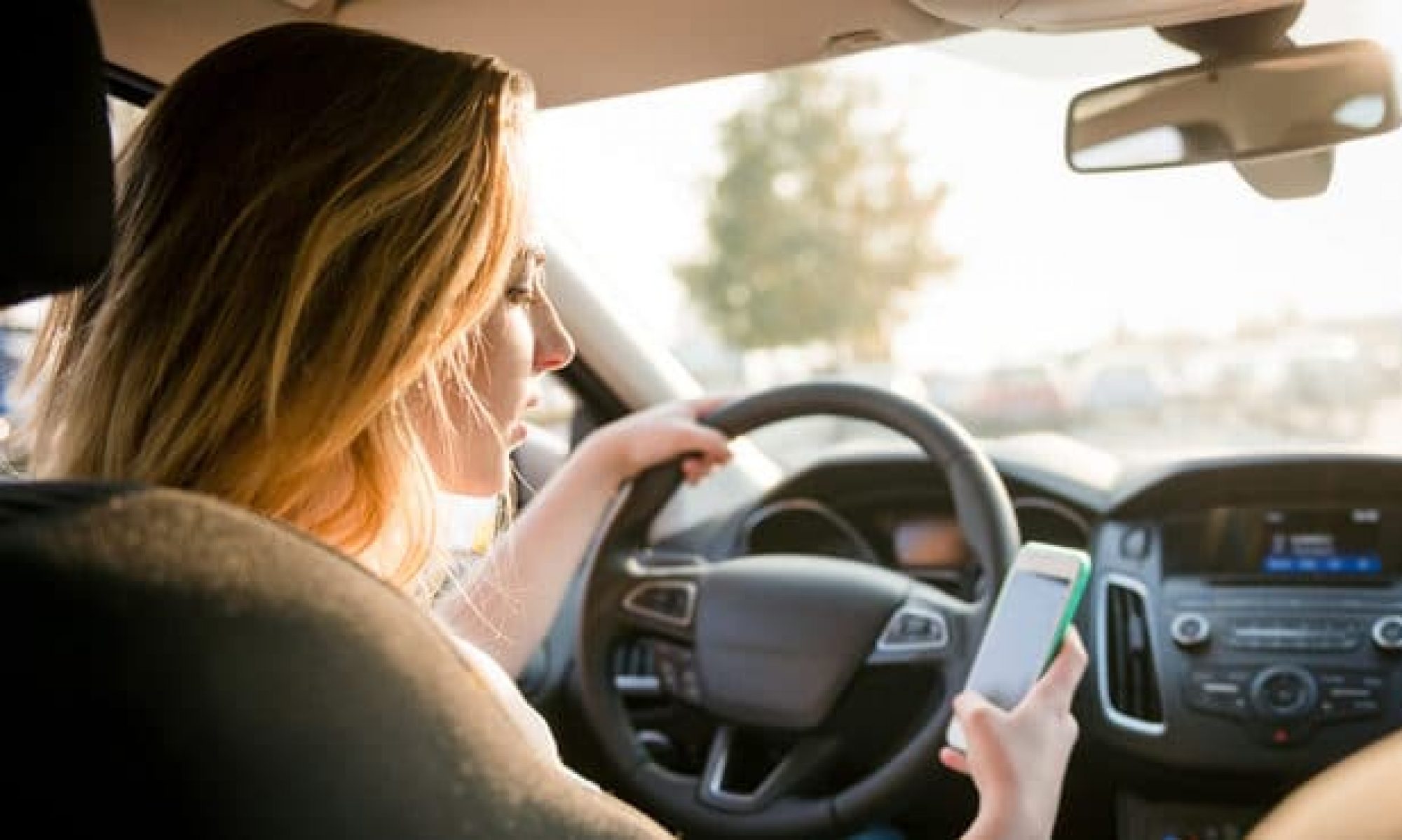At this moment, one risk that could jeopardize our success is that we may not have given ourselves enough time for adding concurrency to our integration of our drowsiness detection system and head pose estimation system, as well as testing it. We want to use Python threading to have our eye classification and head pose estimation run at the same time after the facial landmarking. Since we all do not have much experience with concurrency, we may have underestimated the challenges we may face with this. Our contingency plan is that we will not use concurrency, and instead do the EAR calculations and head pose classifications linearly, and then determine if the driver is drowsy.
One change we made is that we are only going to use our own custom datasets for training of eye classification. Thus, we will only be using public datasets for testing. For instance, we will use DROZY, a drowsiness database, for testing our drowsiness detection. Additionally, another change we made is that, after comparing our calibration systems for head pose and eye classification, we decided to model the head pose calibration after the eye classification calibration. Therefore, each will use the calibration time to generate vectors to then train separate SVM models. This way, we can make our head pose system more accurate for the user. Additionally, we clarified what type of audio prompts we would like to use during calibration, so that our user experience will be as smooth as possible for this crucial step. We want the user to perform our calibration requests while still not inconveniencing the driver with repetitive, and thus seemingly excessive, calibration requests.

